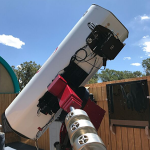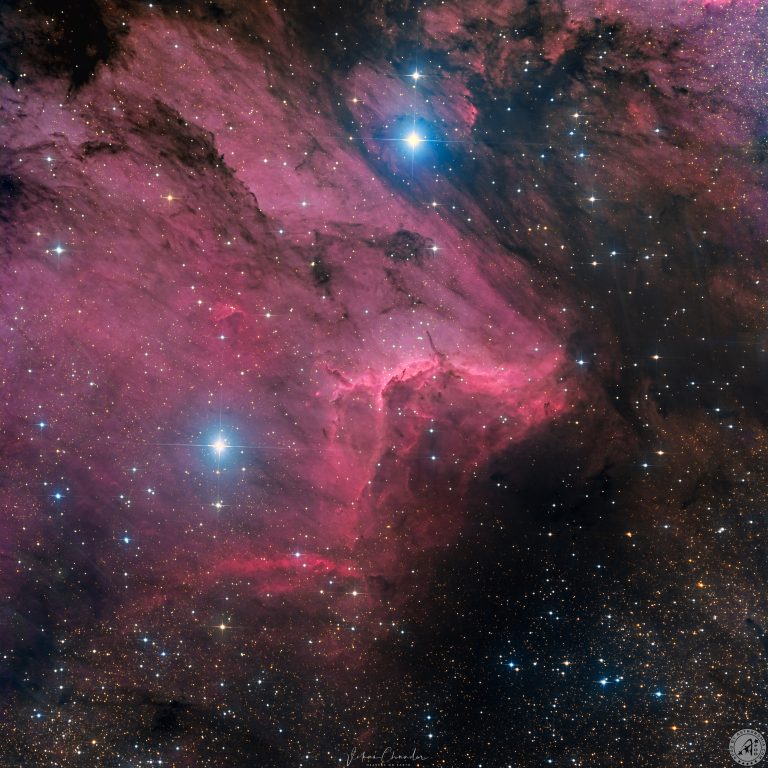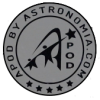Vikas Chander Astrophotography
The Pelican Nebula
IC 5070 - 5067
Telescope : Dreamscope 16″ f/3.7 Astrograph Reflector
Camera : FLI Proline 16803
Mount : Software Bisque Paramount ME
Focal length : 1504mm
Fov : 84 x 84 arcmins
Image Scale : 1.23 arcsec/pixel
Observatory : Insight
Filters: HaLRGB
L 10x10m R 12x10m G 13x10m B 20x10m
Ha 28x10m
Integration: 15h30m
RA: 20h50m46s
Dec : +44°21′09″

One of the most popular objects to image in the night sky is the Pelican Nebula. From beginner to pros, all have imaged and processed this beautiful nebula at some time or the other and there are some beautiful renditions of it on the net. The Pelican Nebula is an emission nebula located near the bright star Deneb in the constellation Cygnus and is named so for its resemblance to a pelican. It lies right next to the North American Nebula and both these objects are often framed together. The nebula’s appearance is defined by dark dust clouds, which outline the pelican’s long bill and eye, and bright clouds of ionized gas, which form the curved shape of the pelican’s head and neck. The position and balance of the stars and gas will gradually change to leave the nebula looking completely different millions of years from now.
© Vikas Chander All rights reserved Copyrights

